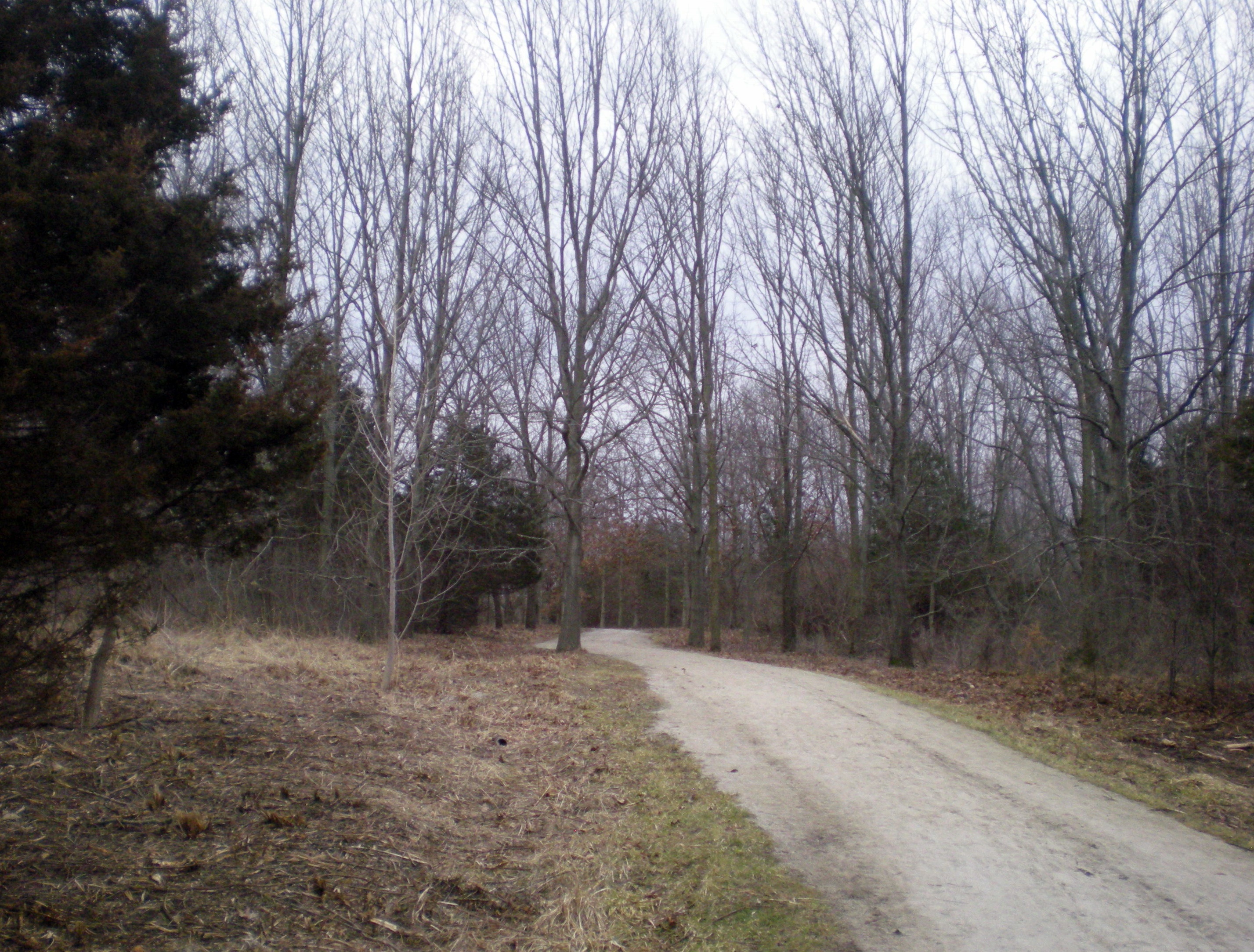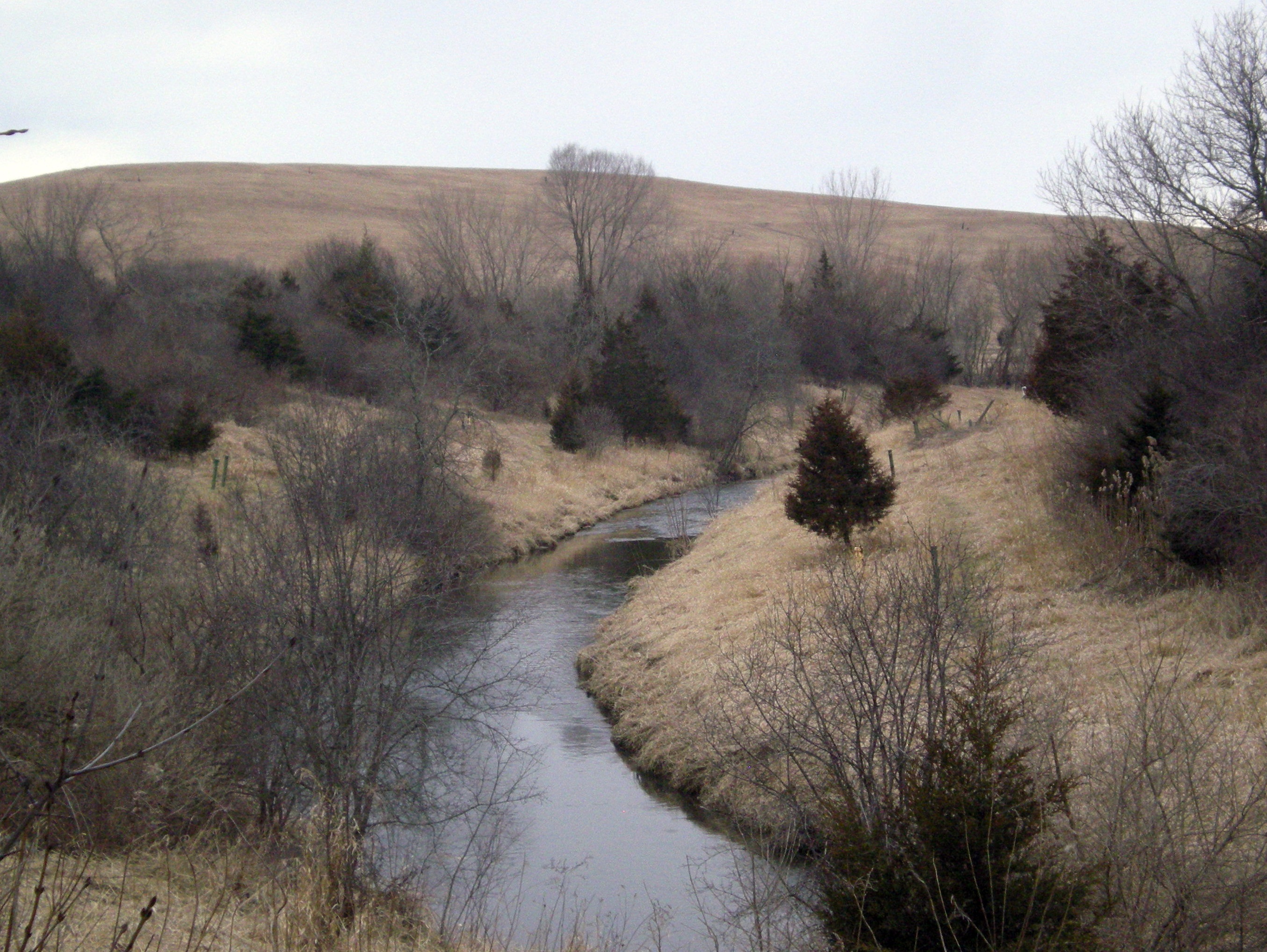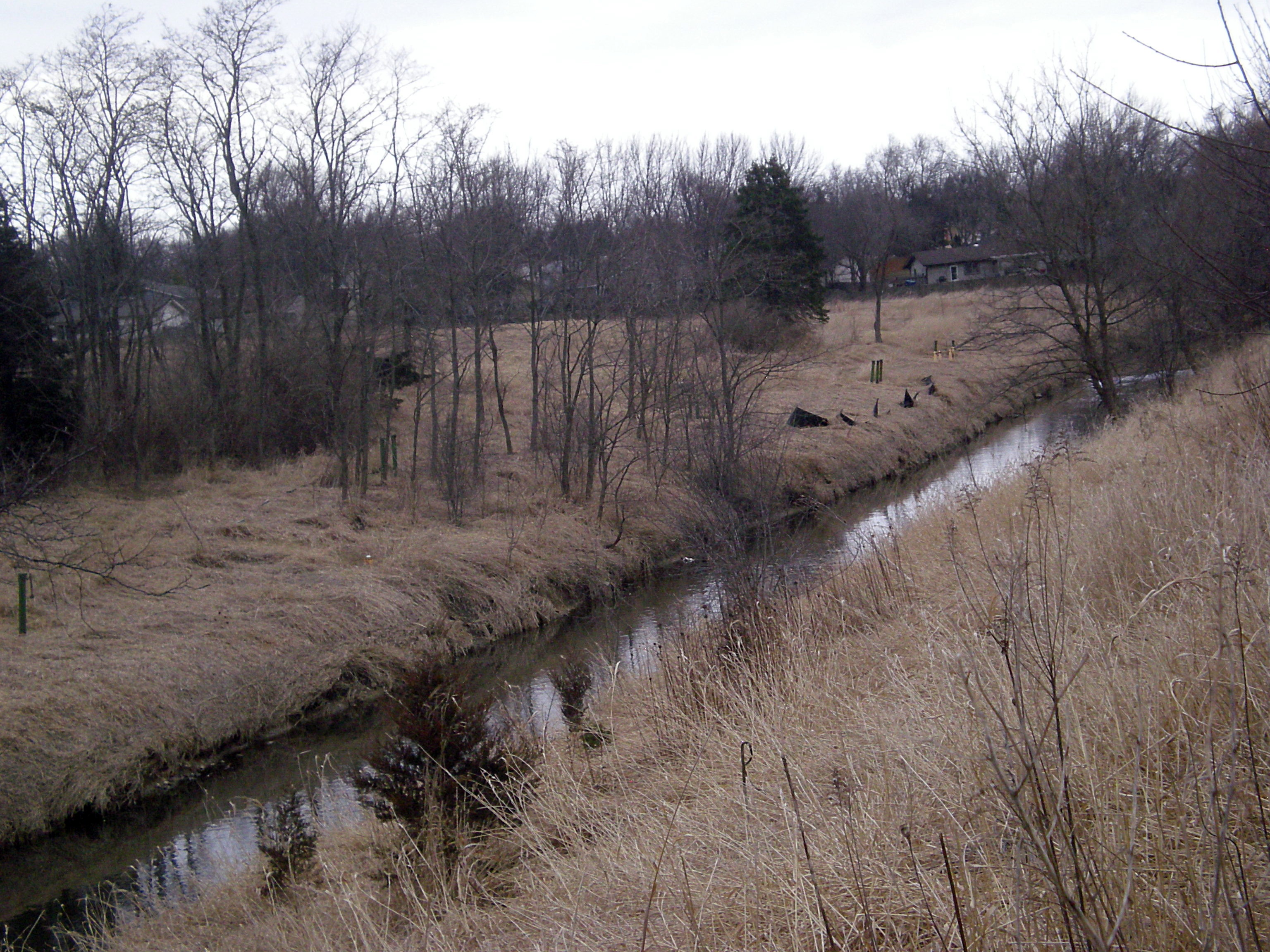I noticed a sign today at Mallard Lake Forest Preserve, which we haven’t visited in nearly a year.
 Uh-oh. I don’t think that sign was there last year. But now there’s evidence that the dread zebra mussel has invaded these waters, as it’s hopscotched across the lakes of the world. Wiki tells me that the mussel has come from its native lakes of southern Russia to be a pest in North America, Great Britain, Ireland, Italy, Spain and Sweden.
Uh-oh. I don’t think that sign was there last year. But now there’s evidence that the dread zebra mussel has invaded these waters, as it’s hopscotched across the lakes of the world. Wiki tells me that the mussel has come from its native lakes of southern Russia to be a pest in North America, Great Britain, Ireland, Italy, Spain and Sweden.
It’s no trifling matter. The Virginia Department of Game and Inland Fisheries tells us that, “Many water treatment and power facilities must now treat their systems to keep them free of zebra mussels, beaches must be periodically cleaned of decaying masses of dead zebra mussels, and bottom-dwelling organisms and fisheries have been negatively impacted. In the United States, Congressional researchers estimated that zebra mussels cost the power industry alone $3.1 billion in the 1993-1999 period, with their impact on industries, businesses, and communities over $5 billion.”
Fortunately, zebra mussels don’t invade the land to attack casual walkers on forest preserve paths. That’s all we wanted to do today, because once again the weekend was unusually warm for February, nearly 60 degrees F.
Instead of simply circumambulating Mallard Lake, we also walked along a spur called the Mallard Lake Trail, which leads to a municipal park called Heritage Park, which is part of subdivision I know nothing about. For a quarter of a mile or so, Mallard Lake Trail seemed remote, though it was an illusion, helped by the day’s strong winds, which muffled the sound of traffic off in the distance.
 Within view of part of the trail is the West Branch of the Du Page River.
Within view of part of the trail is the West Branch of the Du Page River.
 It might have been a natural-flowing stream at one time, but it has the look of a man-made channelization at this point. By the time we got here, the middle-of-the-woods illusion was punctured by houses in the background, and a school off in the other direction.
It might have been a natural-flowing stream at one time, but it has the look of a man-made channelization at this point. By the time we got here, the middle-of-the-woods illusion was punctured by houses in the background, and a school off in the other direction.
 The West Branch of the Du Page River flows quite a ways south — including through downtown Naperville — to meet the Du Page River in Bollingbrook, Ill. The Du Page joins the Des Plaines at a place called Moose Island in Channahon, Ill., but very near there the Kankakee River joins the Des Plaines and they all form the mighty Illinois River, a direct tributary of the Mississippi just north of St. Louis.
The West Branch of the Du Page River flows quite a ways south — including through downtown Naperville — to meet the Du Page River in Bollingbrook, Ill. The Du Page joins the Des Plaines at a place called Moose Island in Channahon, Ill., but very near there the Kankakee River joins the Des Plaines and they all form the mighty Illinois River, a direct tributary of the Mississippi just north of St. Louis.
So you might say we took a stroll in a very small part of the Illinois River watershed, which includes all of the little cricks and rivulets around here.